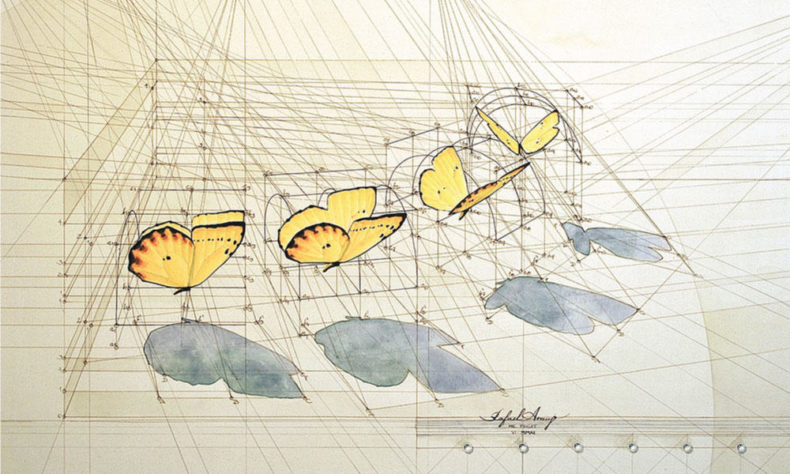
At 10:20 last Monday morning I sat at a table outside of Tucson, Arizona, writing these words: The land does not move, frozen to our eyes. Within a minute or two, a small but notable earthquake struck outside of the almost-ghost town of Bedrock, Colorado, 600 miles away. It was 4.5 on the Richter scale.
Since I was unaware of this Colorado earthquake, I kept working on a story I was writing. It involved traveling with a friend and sculptor. I’d shown him fields of balanced rocks in the southwest Colorado desert. I thought they might inspire his work. I wrote about the experience for LWON.
The words I wrote next were: the buzzing speed of our voices, our words too fast and high pitched to be heard, the terrain unaware we were ever here as it shrinks and grows, yawns and stretches.
I kept on for a another paragraph when a text came in from home: EARTHQUAKE!
Soon I was hearing from anyone within range. Our house had been rattled. An office chair rolled across the floor. No damage, but in a place not known known for its quakes, this was big.
Here’s the weird part, the epicenter was within a quarter mile of the location I happened to be writing about. I had been describing lying in the shade of a balanced boulder with the sculptor John Grade, discussing how long it might take for the large mass to fall, and whether we could scramble away if it toppled right then.
The balanced boulder I wrote about was within a mile at most of the epicenter. Is it still standing? I figure it had been there for a hundred thousand years or more, its situation more and more precarious as its pedestal whittled away in the wind. A good thump could land that thing on the ground in no time. Part of what I was writing was how the patina on precariously balanced boulders can tell how long they have been in place, thus the last time of a significant quake. There are numerous studies on this subject.
The Bedrock earthquake, it turns out, was human caused. A salinity processing station, pumping river salts 16,000 into the ground to keep them from flowing down the Dolores River, overdid it. They triggered movement a mile deep, enough to jump seismic needles.
The paragraph I kept writing at the time was: No system is ever closed. It is the gape of gravity and the upward thrust of tectonics, pistons pumping, thrust and fall, rain and sun, moon and ice. Constant tension is written into everything.
I suppose it could mean nothing that an earthquake struck in the very location I was writing about from 600 miles away, on a subject I was also writing about, the speed of geology, the actions of Earth and its crust. What butterfly wings might have been at work here? Is it like pinching a nerve in your foot and feeling a pang in your shoulder? There seem to be invisible lines, strands connecting disparate ends. Pulling one might pull on the other. Correlation does not mean causation. What about a nudge? What if pressure can build and you feel it far away, hurrying to your keyboard to get down what is bubbling up in your head.
This is where I run out of science.
Illustration by Rafael Araujo, Golden Ratio, Sequence 1
Loved this Craig. And can’t wait for a spare minute to check out the paper about balanced rocks!
Right on cue Craig! I had just mentioned to someone that if there is one near the 4 corners then to pay attention and please don’t wake Bear up. Its winter time. Bear needs to sleep. (No drilling..no fracking..especially in winter)
Then quake happened. Ps..was in Tuc
I admore Craig Child’s work immensely from the first book his I read, The Secret Knowledge of Water.
https://en.wikipedia.org/wiki/Synchronicity